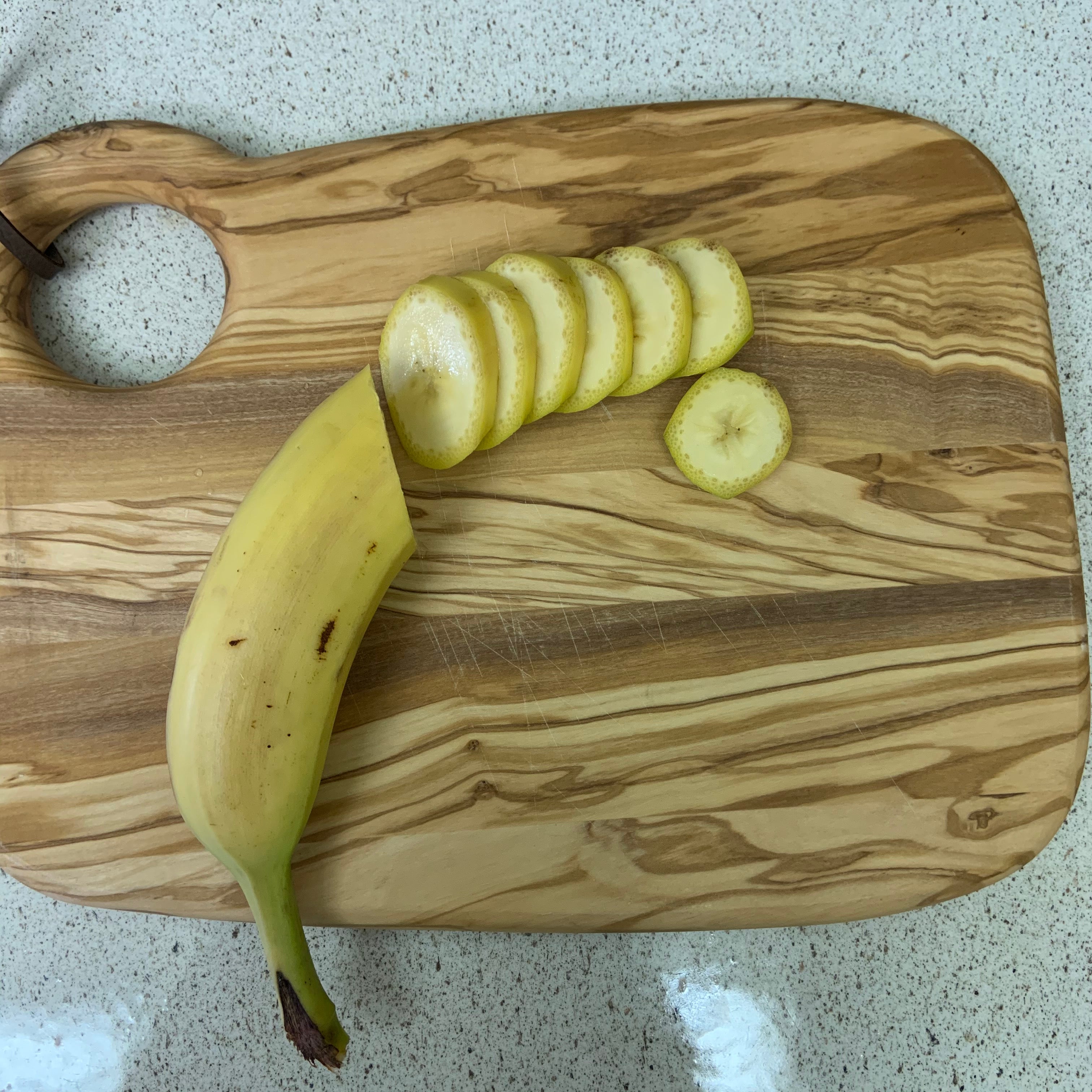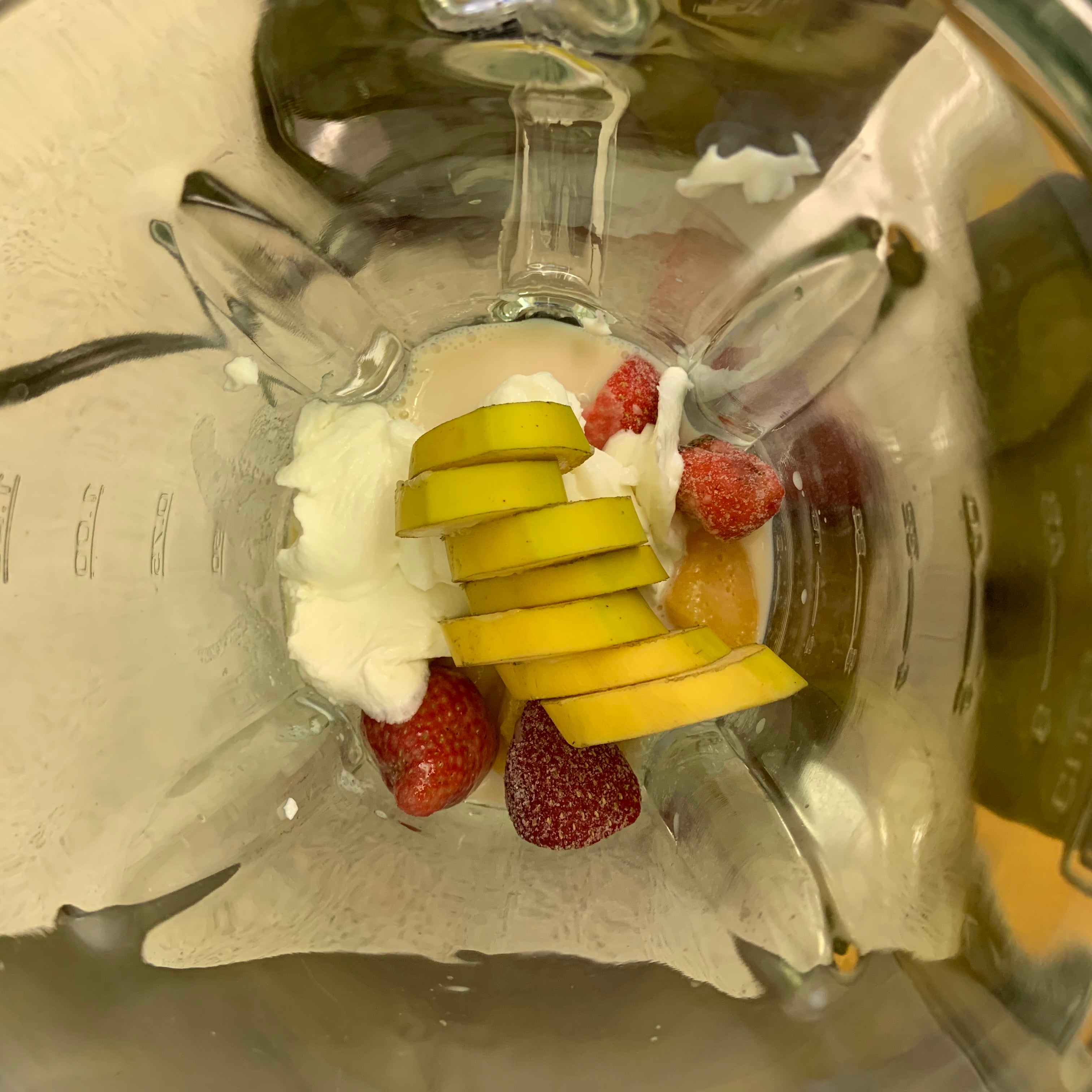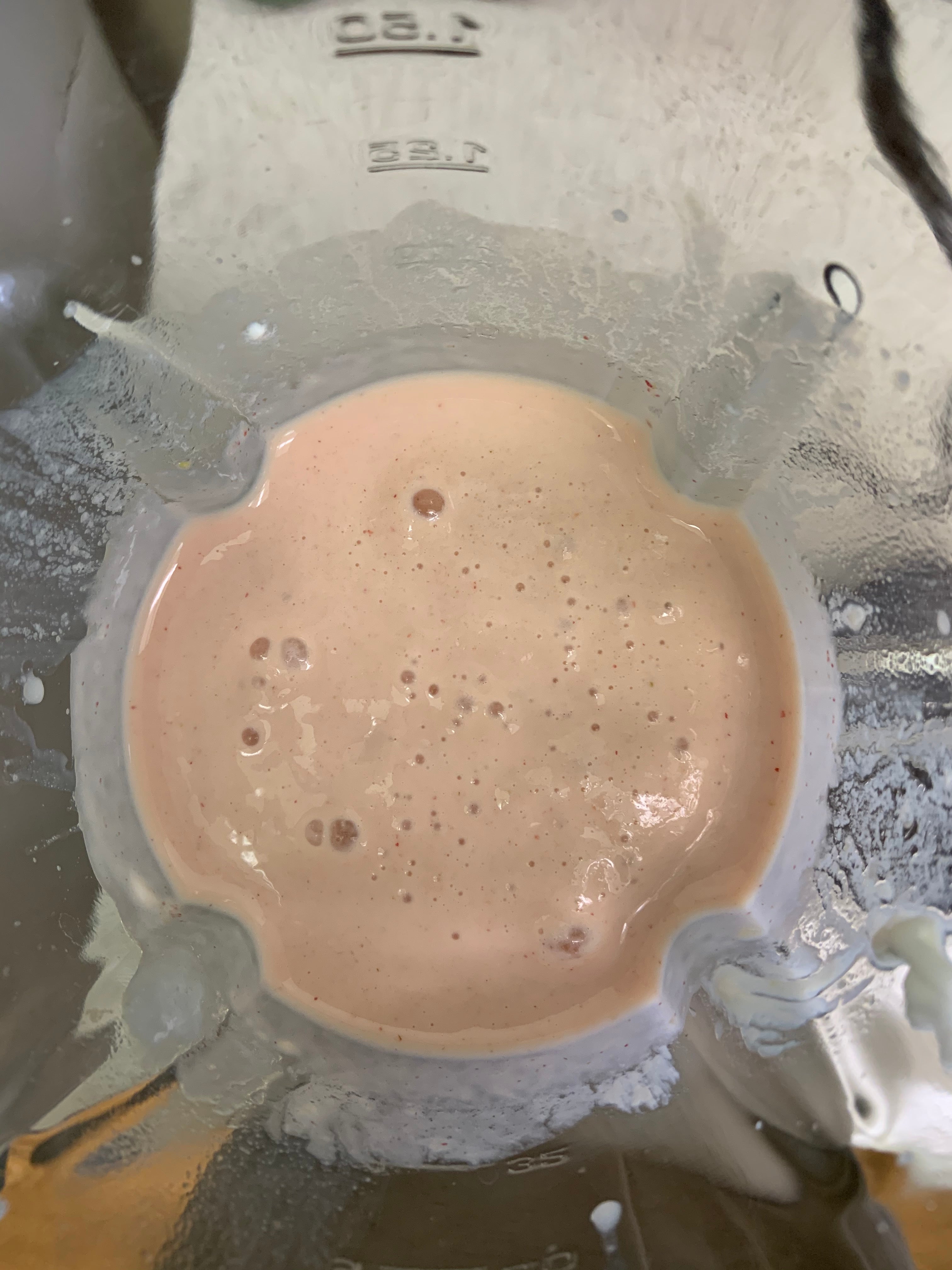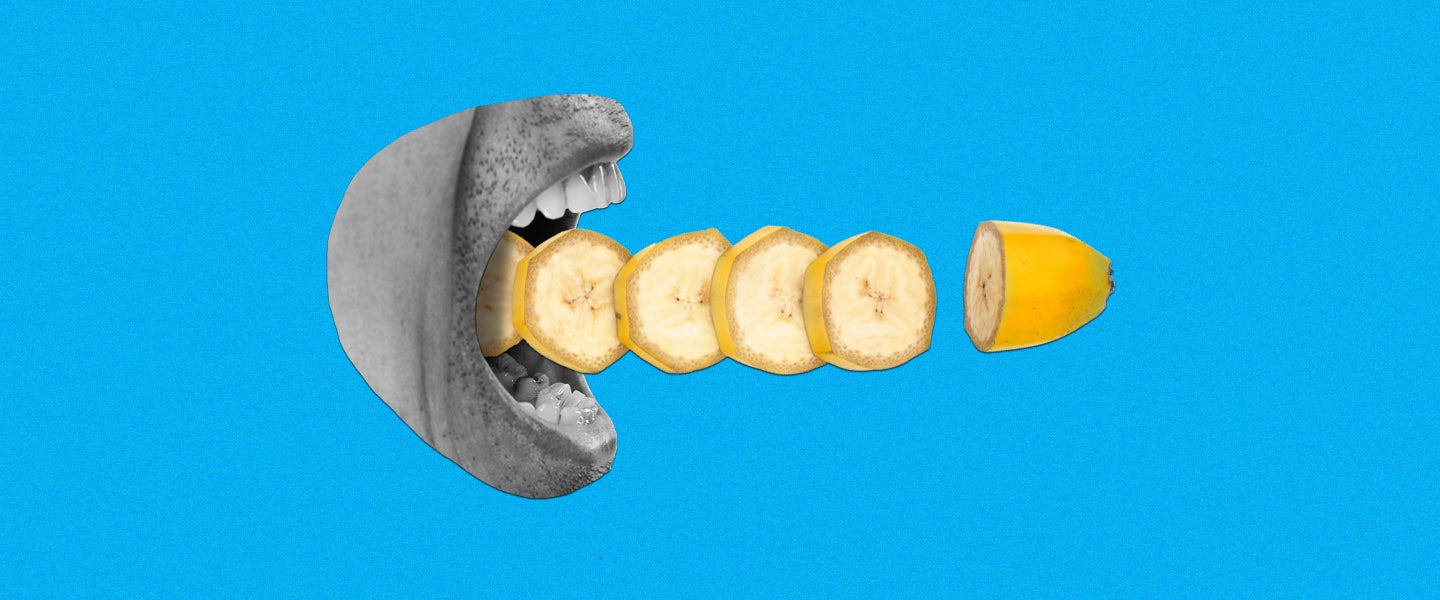In a recent and unsettling blog post, leading Australian nutritionist Susie Burrell — a brand ambassador for Australian Bananas, it should be noted — advocates for the mass consumption of banana peels and… I can already feel a sharp pain in my stomach. Burrell claims that discarding banana peels is careless and wasteful, because they contain loads of extra nutrients and healthy fiber (however, let the record show that composting is also a thing).
This post prompted several prominent news(ish) outlets to expand on the benefits of consuming banana peels, with many claiming that eating them can help with weight loss, better sleep and even clearer skin. All in all, they make banana peels out to be a little-known superfood, but seriously, though? Even most monkeys ditch the peels.
Now, before I go any further, I should clarify that Burrell is “not talking about chomping down the bright yellow banana skin along with the banana.” That would be insanity. Instead, she suggests cooking the peels to soften them, or throwing them into a smoothie for optimal consumption.
Still, the thought of eating a banana peel in any shape or form feels wrong. In fact, I messaged several moderators of the banana subreddit to see what they, as hardcore banana enthusiasts, had to say about eating banana peels, and they agreed. As one wrote, “This sounds like pickle propaganda designed to propagate the myth that the pickle is more appetizing by instructing people to eat the banana incorrectly. Spreading these lies may result in corrective action. You have been warned.”

While I nearly stopped my research there — because frankly, if that’s not an open-and-shut case, I don’t know what is — I knew that I was required by this whole “journalism” thing to dig further. So I reached out to nutritionist David Friedman, author of Food Sanity: How to Eat in a World of Fads and Fiction, who promptly took sides with Burrell. “Don’t throw out the banana peels!” he insists. “They’re edible and quite healthy. While bananas are known for their high potassium content, eating the skin offers an additional 80 milligrams of potassium, plus gut-healthy dietary fiber, polyunsaturated fats, antioxidants and essential amino acids.”
Friedman also kindly provided me with some recipes to make banana peels more, uh, ap-peel-ing (forgive me, Father, for I have sinned). “Before you forgo peeling your banana and chomping down on your next Chiquita like you’d eat a pickle [there’s that pickle propaganda! They were right!!!], keep in mind, the peel of a banana is tough and slightly bitter,” he explains. “The best way to consume it is to remove the stem and blend it into your morning smoothie. The peels are also great fried or baked. You may want to wait until the banana has developed some black spots on it, as that will make the peel thinner and sweeter. The skin of a banana can also be used to make gut-healthy, fiber-rich banana bread.”

Because I’m not a total masochist, I decide to give the banana-peel smoothie — which seems like the most harmless option — the old college try. First, though, Friedman warns me about some considerable troubles that I might run into when eating banana peels. “Conventionally-grown bananas contain a lot of pesticide residue on the skin, so it’s important to always purchase ‘USDA certified organic’ bananas,” he emphasizes. “Pesticide exposure has been linked to many conditions, including autism, high blood pressure, dementia and cancer.”
Welp, onward for journalism. I give an organic banana an unintentionally erotic spongebath, slice up the whole dang thing, peel included and — against my better judgment — toss it into a smoothie with frozen mango, frozen strawberry, orange juice, soy milk and a dollop of yogurt. I blend it for longer than I normally would, as I want the stiff peel to be entirely shredded, and pour the mixture into a small glass.

Then, the moment of truth: I take a hesitant sip… followed by another, and then another. It is, I hate to admit, a refreshing smoothie with a velvety texture. My mind, however, is still fighting with the fact that I’m chugging banana peels, and it’s sending some weird signals to my stomach: Like so many horny people before me, I’m satisfied, yet also somewhat repulsed by what I’ve just put inside me.
So, all said and done, would I recommend eating or drinking banana peels? If you want to, sure, but the notion that banana peels are undiscovered nutritional powerhouses is somewhat stretching the facts. While they do boast some extra nutrients, the amounts are small, and whether our bodies can actually absorb them in peel form remains up for debate. The additional fiber is nice, but since the actual fruit of the banana is a fine source by itself — as are beans, oranges and berries, among other things — it seems like eating peels just for the sake of fiber is unnecessary. Lastly, one of the greatest characteristics of bananas is that they come with their own little wrapper that normally protects the fruit from pesticides and other unhealthy junk, so eating the peels means eating whatever shit was lingering on them.
In the end, then, while eating bananas peels is probably okay as long as you give them a good washing, the notion that you’re missing out on essential nutrients by not eating them holds about as much weight as the rumor that you can get radically high by smoking them. Which, just no.

